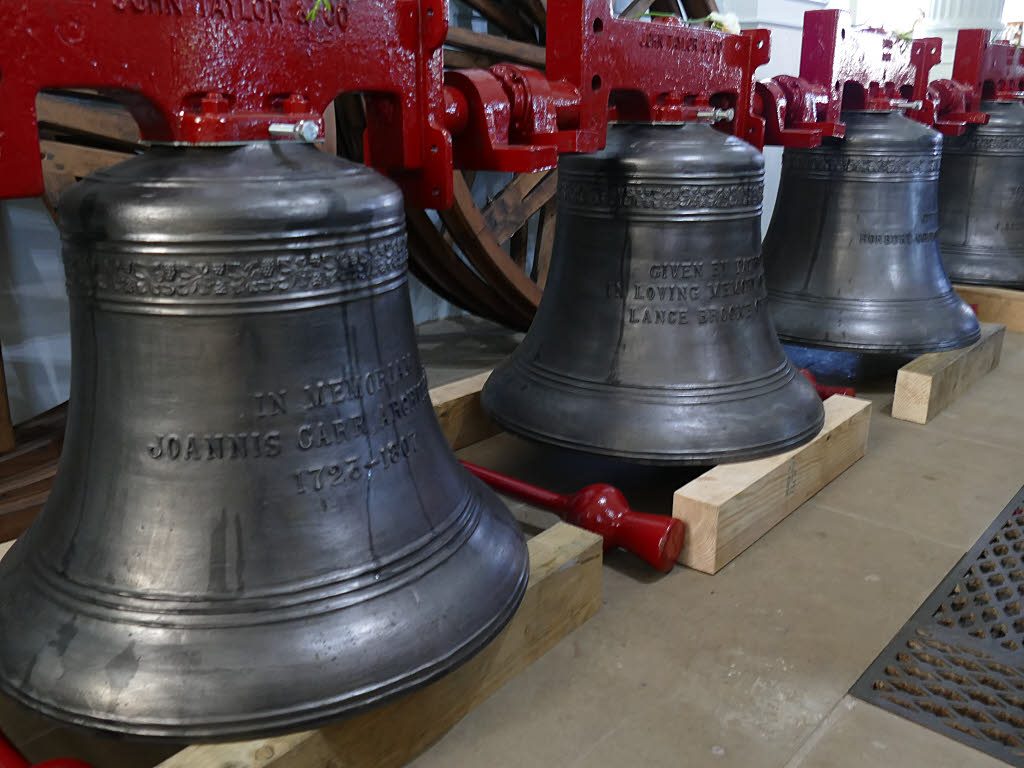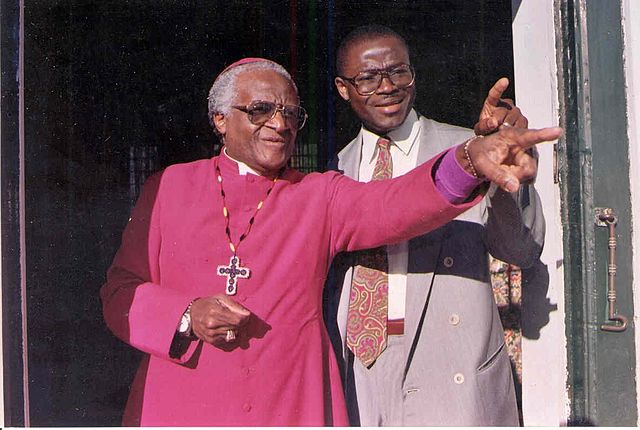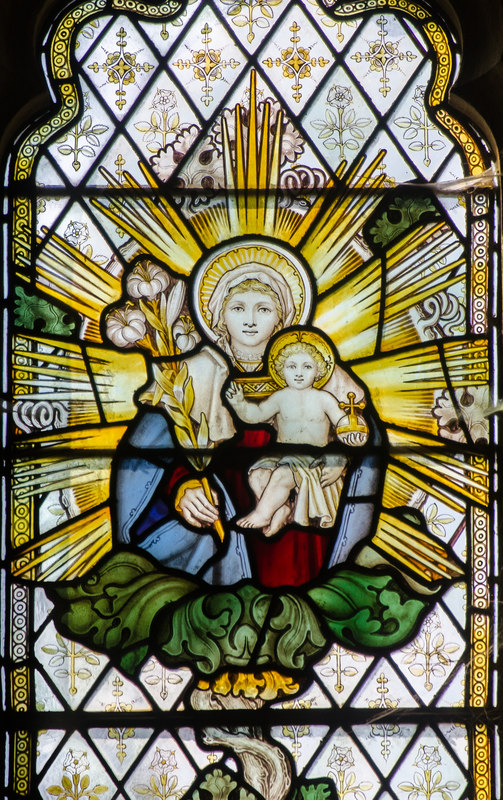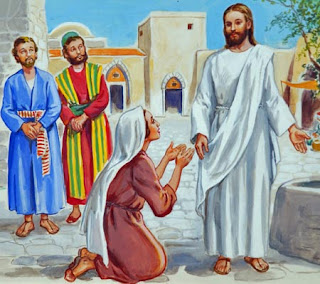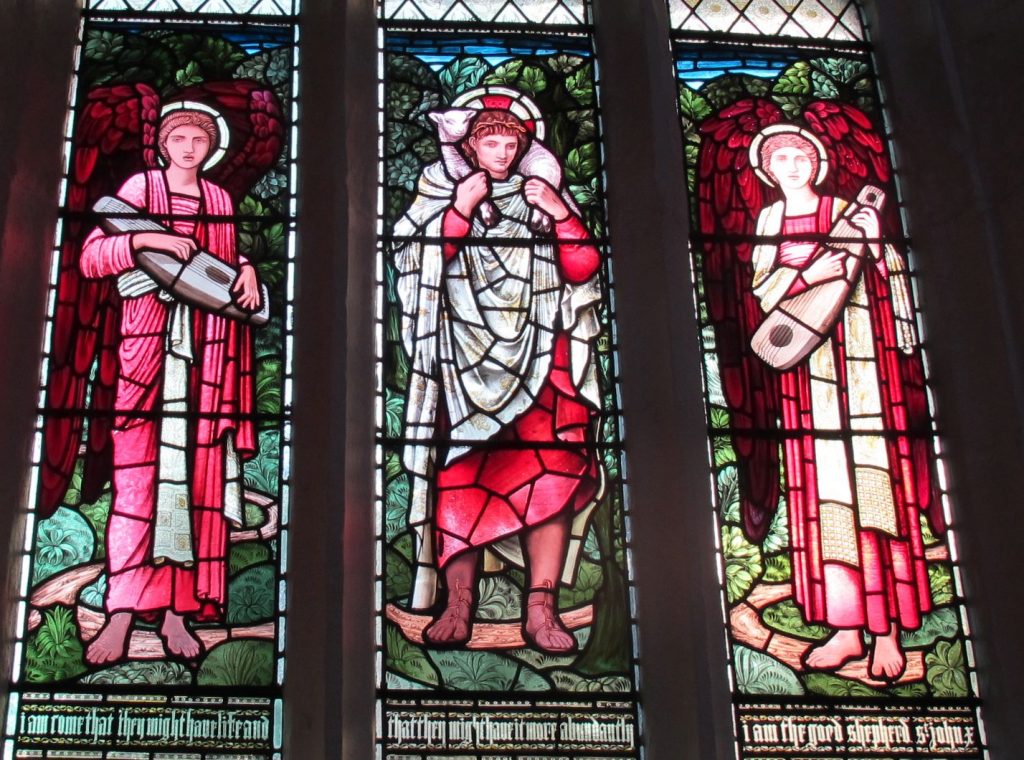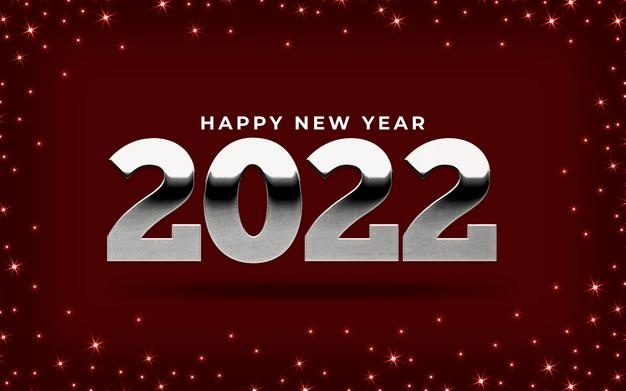
At last, we come to the end of this year-long project of singing and blogging about every one of the 330 hymns and songs in the Sing Praise hymnbook. I have enjoyed the singing, alone or to John’s online accompaniment, and reading the words carefully to find something to write about them. I have written very nearly 100,000 words in the last 365 days and I hope that someone will find some of them helpful, sometime. I will now ‘unpin’ the explanatory text from the home page, but it can still be found here.
For the last one, New Year’s Eve, I picked ‘Year by year, from past to future’ by Alan Luff. Although not specifically written for a New Year service, its theme is very much about our progress through life one year at a time, which makes it suitable. The first verse talks of worship ‘marking our upward climb’ (in the metaphorical sense of getting closer to God, presumably) and ‘following God’s heavenward calling’. The Christian should seek to be closer to his or her master with each passing year, though of course in practice we must recognise that it isn’t always so.
The second verse uses a vivid imagery of our life being woven like a pattern on a loom, longer with each passing year, a different pattern for each, and with any mistakes ‘grieved over by the Father, master craftsman’ and showing up as a flaw in the textile. But a well woven cloth can contain flaws without falling apart, and sometimes it’s only when the piece is complete that its true beauty from start to finish can be revealed.
The last verse uses a different imagery, that of pilgrimage. It acknowledges that our journey on this earth must come to an end in what seems like an abyss, a deep canyon that cannot be crossed. But in a striking phrase we are reminded that ‘Within the dark are waiting hands that bear the print of nails, which will hold us safe and bear us where the worship never fails’. This is the faith of the Church, that Christ has gone before, has emerged from the abyss and will take us safely across to his eternal home. It is a message of hope rather than fear, and expressed more poetically than in yesterday’s hymn.
Like the last two days’ tunes, the one suggested here (Eifionydd, a Welsh tune presumably) is in two flats, but my more musically knowledgeable mother realised straight away when she saw it that this is in the relative minor key. I wondered at first whether that was appropriate, but I think it is. New Year is often a time of reflection on the past as well as looking to the future. The hymn notes the challenge of getting closer to God, the mistakes we make on the way, and the reality of death.
This year with the combined weight of the continuing Covid-19 pandemic and climate change evident in disasters all around the world, both reflection and looking forward demand a more sombre outlook than usual. The ‘days of auld lang syne’ may look increasingly appealing compared with what the new year may bring, but however deep the abyss, Christ is beyond it. Happy New Year, whenever you read this.
